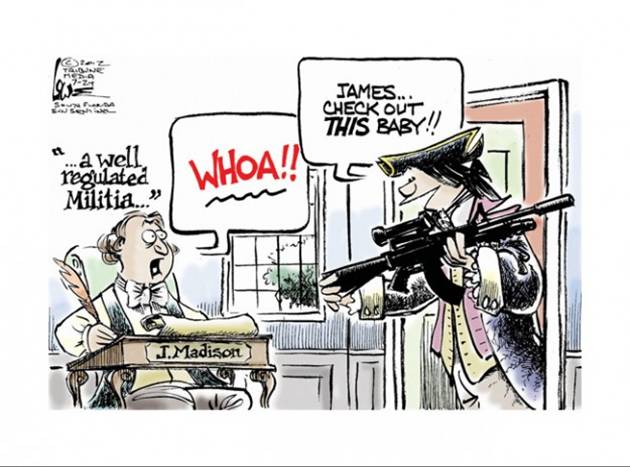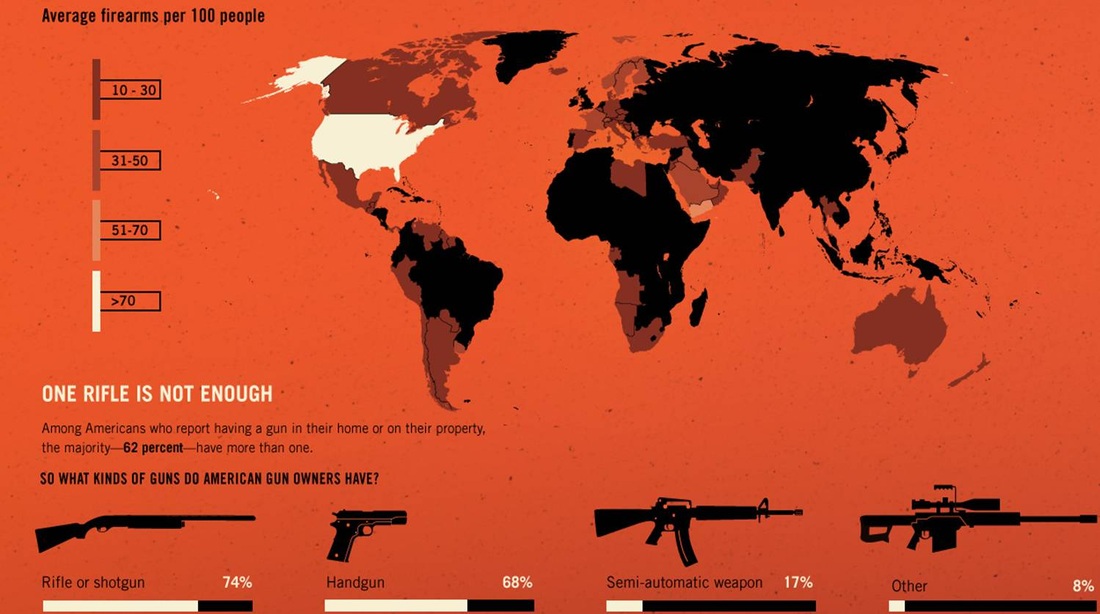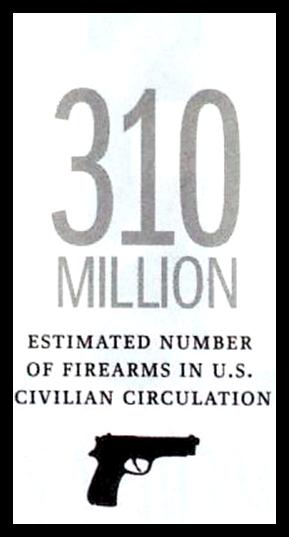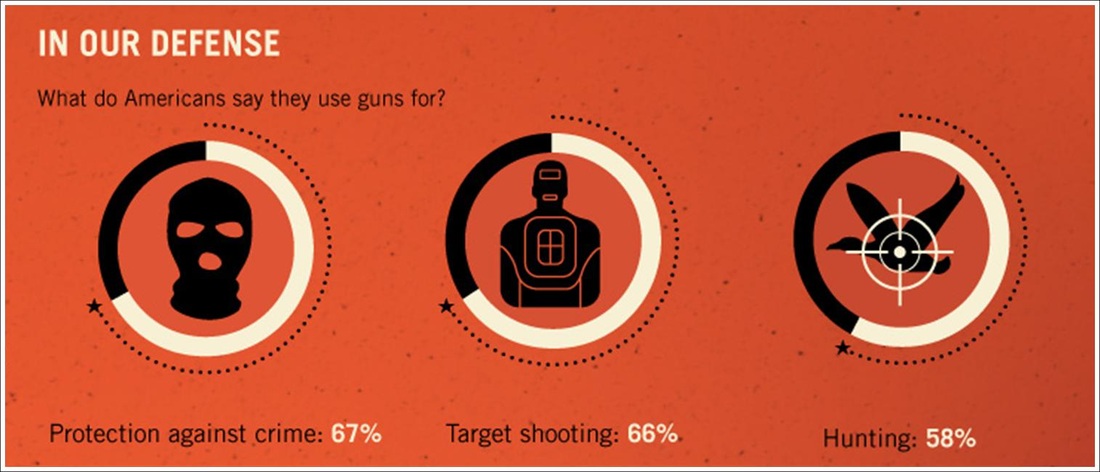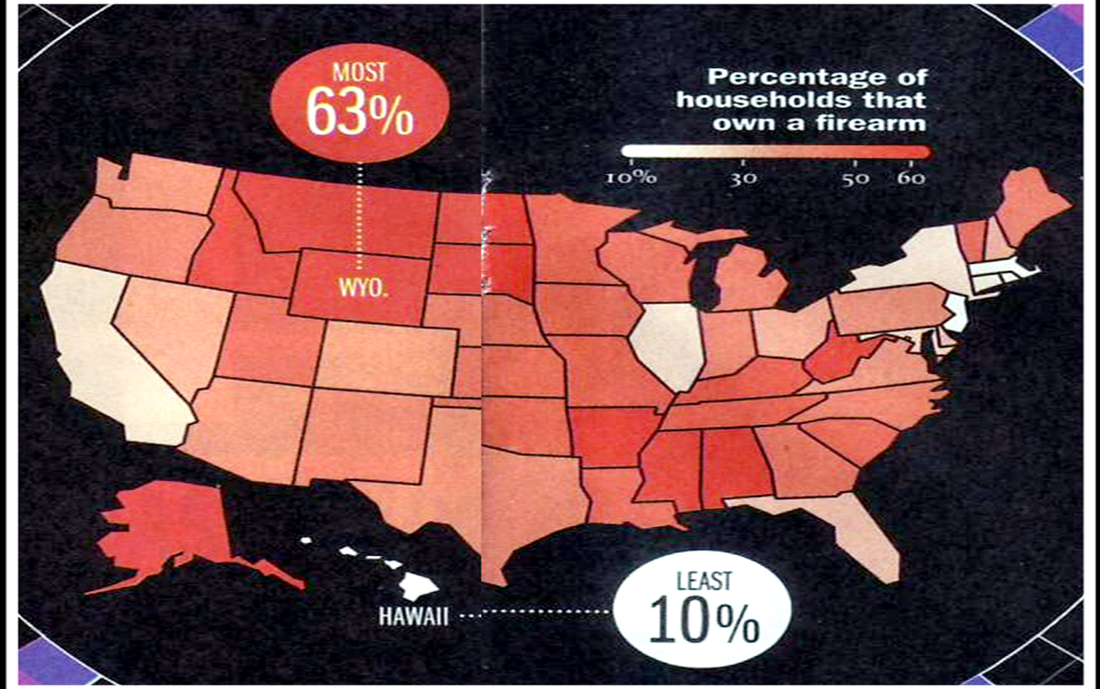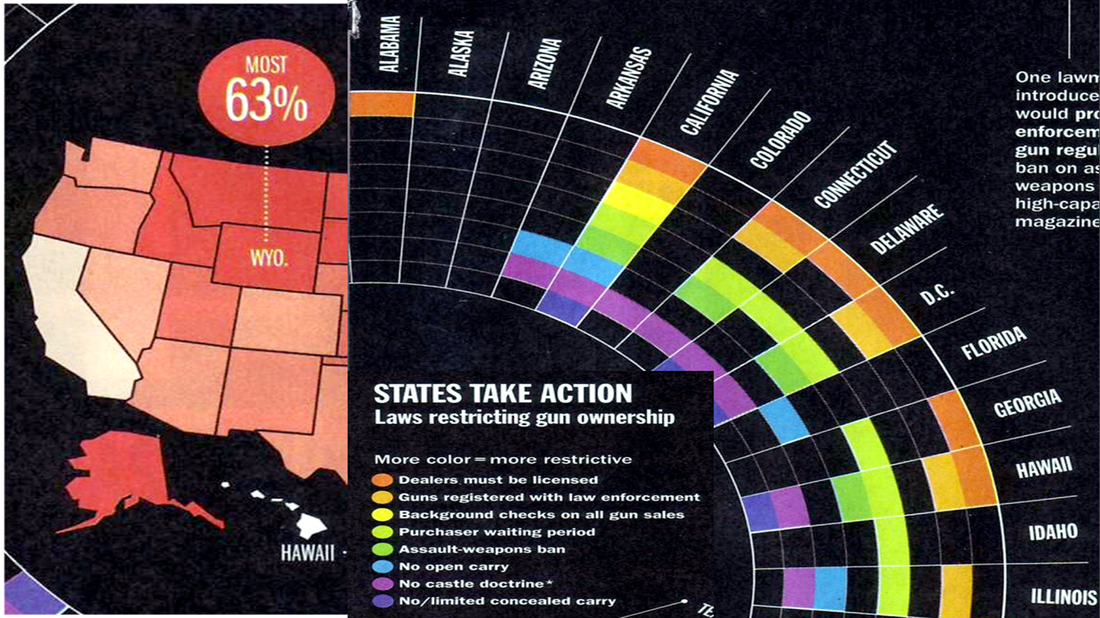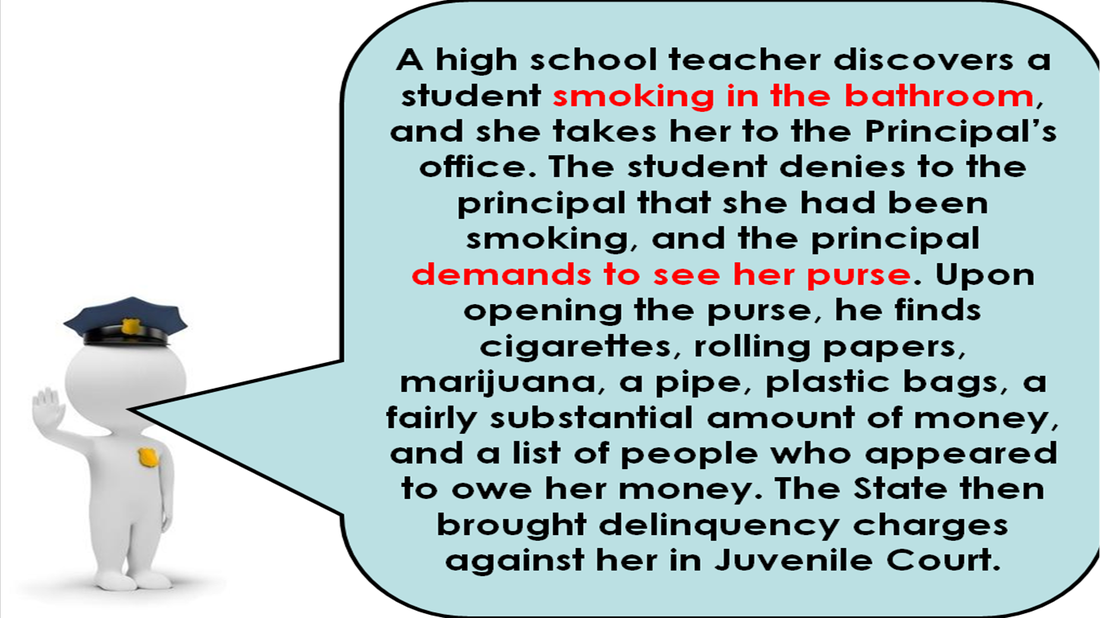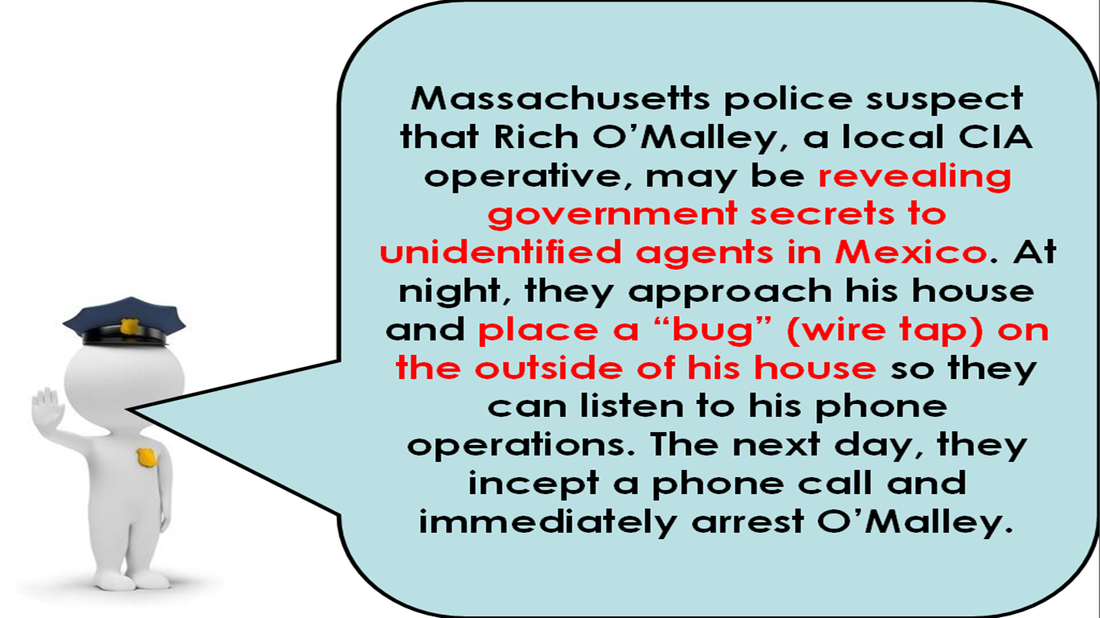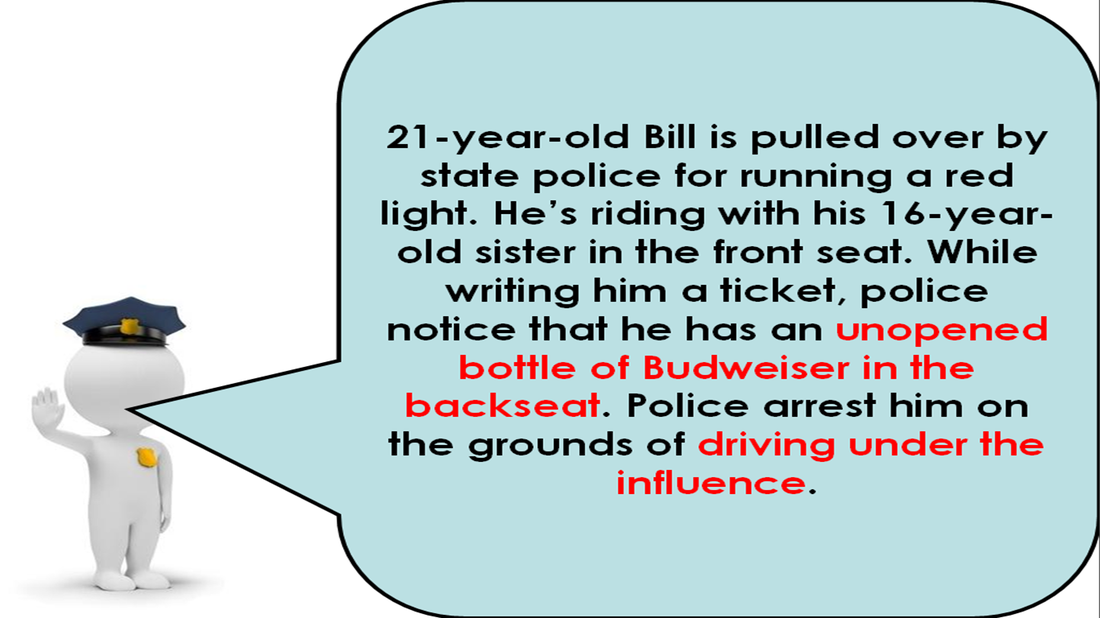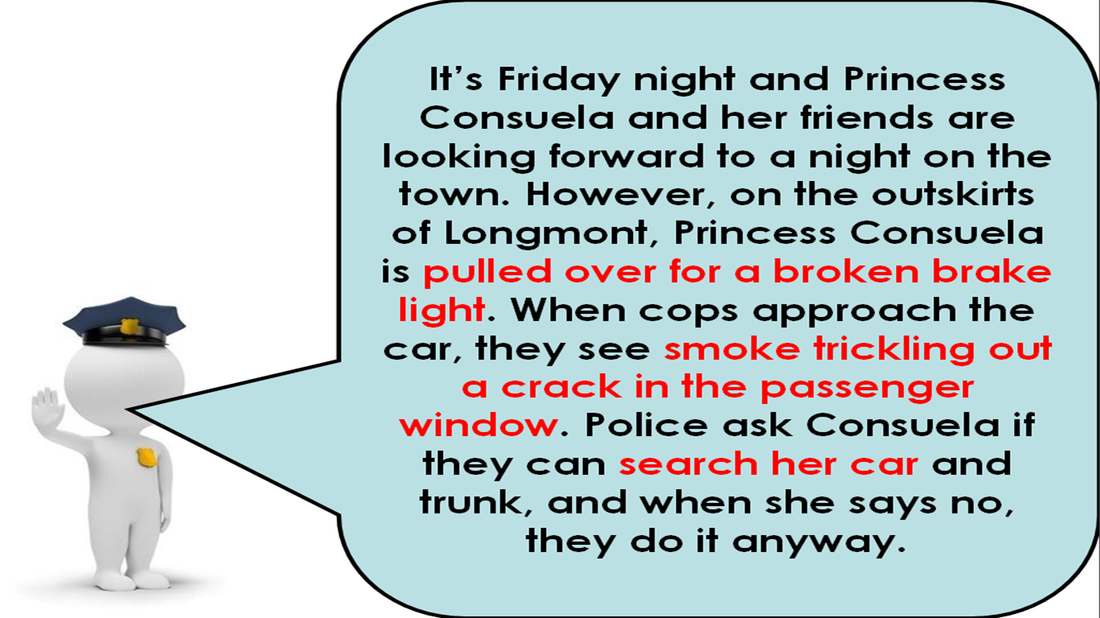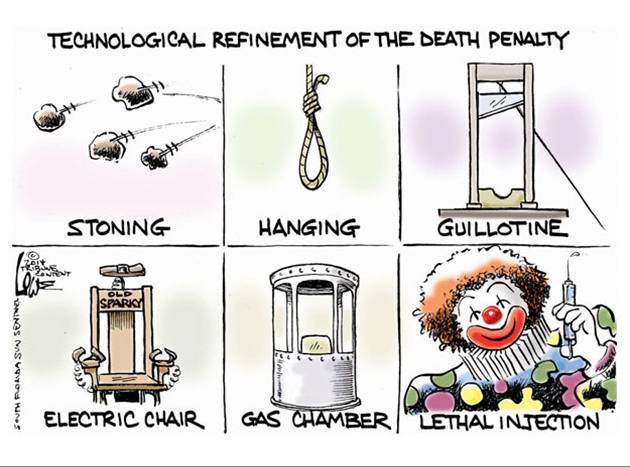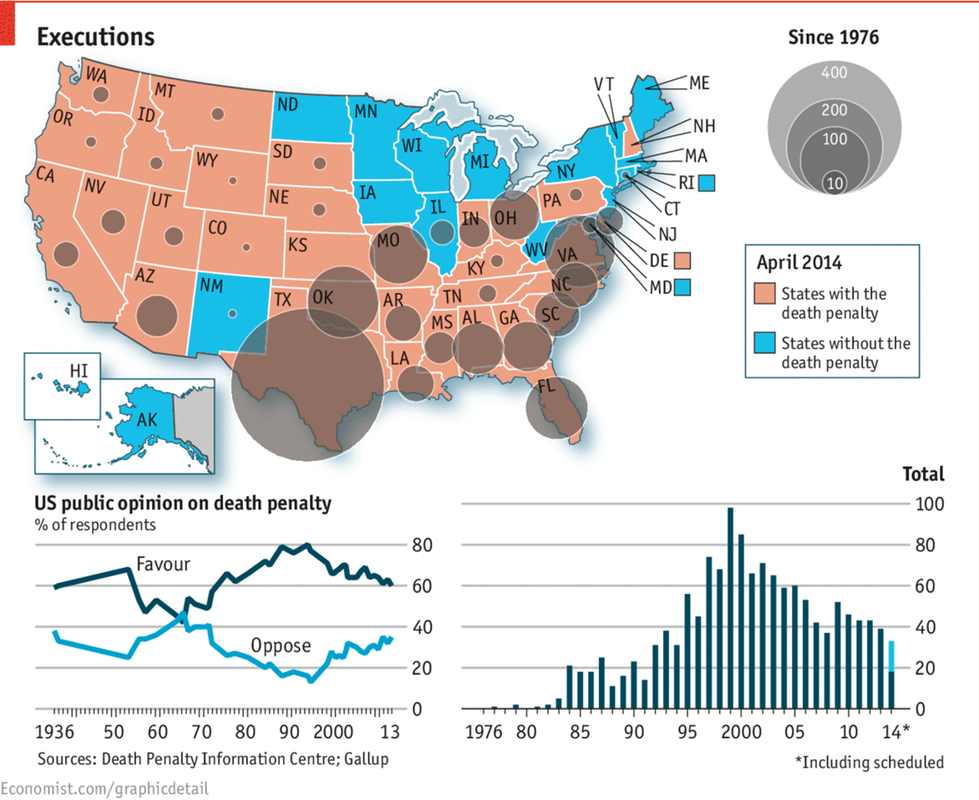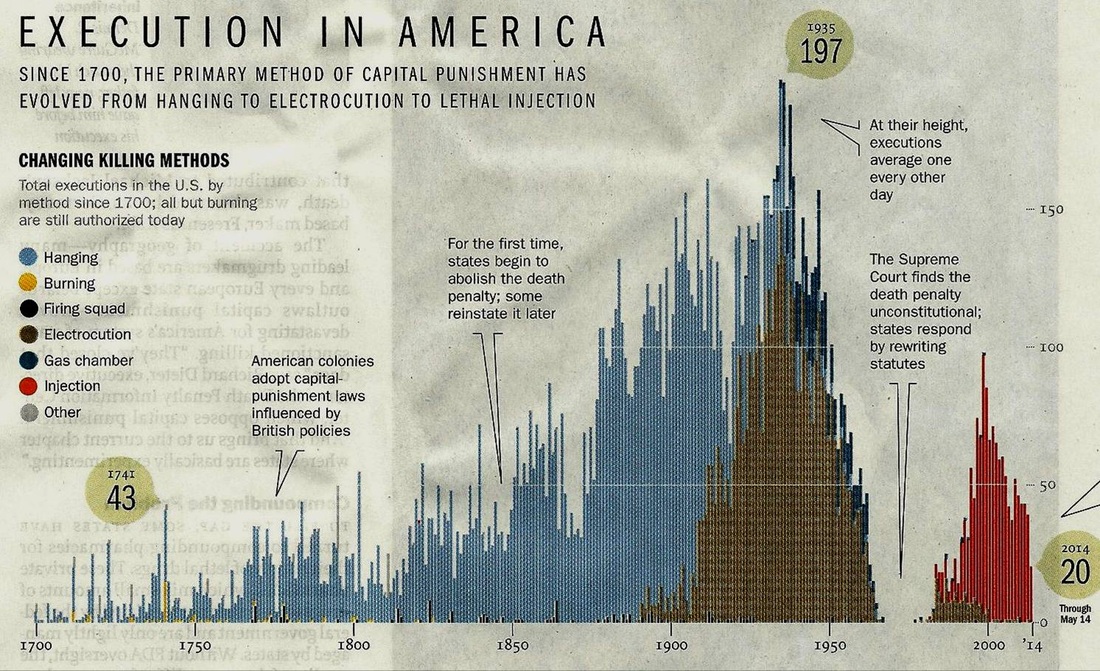"Freedom From _____"
Understanding the "Freedoms From _____" Provided Under the 2nd, 4th, and 8th Amendments...and Why They're Still "Sticky"!
The Second (2nd) Amendment gave the Americans
the "right to keep and bear arms".
The Fourth (4th) Amendment gave the Americans
protection against "unreasonable" search and seizure.
The Eighth (8th) Amendment gave the Americans
protection against "cruel" and "unreasonable" punishment.
the "right to keep and bear arms".
The Fourth (4th) Amendment gave the Americans
protection against "unreasonable" search and seizure.
The Eighth (8th) Amendment gave the Americans
protection against "cruel" and "unreasonable" punishment.
...so why do they continue to give us problems? Remember the words of Thomas Jefferson: "No society can make a perpetual constitution…" so maybe the words they gave us just aren't concrete enough? But when we base our legal decisions on these laws, it can be like nailing Jell-O to a wall: It'll stick, but for how long?
The Second (2nd) Amendment
The Second (2nd) Amendment reads like this:
- A well regulated Militia, being necessary to the security of a free State, the right of the people to keep and bear Arms, shall not be infringed.
- That's a lot of data. Make any (2) conclusions you can about "America and Guns", using the above data.
Let's continue:
- Let's make some more conclusions. Obviously, Wyoming is highest "gun-owning" state, but let's make broader conclusions. Generally, where do most gun-owners live?
- ANALYSIS: The states of New York, California, Illinois, and Florida have some of the lowest gun-owning percentages, but have the highest percentage of _____. (HINT: Think of Los Angeles and New York City). Does this help explain why California, for example, has such strict gun laws?
So, we've seen that 1) Americans love guns, 2) Many own more than one, but 3) Many states restrict absolute "gun freedom". Why? Perhaps it's in the wording of the Second (2nd) Amendment. Former Supreme Court Chief Justice, from 1975 to 2010, John Paul Stevens thinks he can "fix" the Second (2nd) Amendment with just "five short words". Read below: [EDITED AND ABRIDGED]
- The first 10 amendments to the Constitution placed limits on the powers of the new federal government. Concerned that a national standing army might pose a threat to the security of the separate states, the Founding Fathers adopted the Second Amendment, which provides that “a well regulated Militia, being necessary to the security of a free State, the right of the people to keep and bear Arms, shall not be infringed.”
- For the next 225 years, federal judges understood that the right to keep and bear arms...applied only to keeping and bearing arms for military purposes...Thus, in the Supreme Court case of United States v. Miller, the court decided that Congress could prohibit the possession of a sawed-off shotgun because that sort of weapon had no reasonable relation to the preservation or efficiency of a “well regulated Militia.”...
- Additionally, judges realized that while the Second Amendment limited the power of the federal government, it did not prevent state or local government from regulating the ownership or use of firearms.
- In recent years, one profoundly important change in the law has occurred. In 2008, the Supreme Court decided in District of Columbia v. Heller that the Second Amendment protects a civilian’s right to keep a handgun in his home for purposes of self-defense..
- [But people are misunderstanding the reasoning for why the Second Amendment was passed in the first place]: The Second Amendment protected the citizen’s right (and duty) to keep and bear arms when serving in a state militia. However, we have come to believe that the Founding Fathers desired to provide for the individual's self-defense. And this isn't correct, because the right of "self-defense" has always been available to the defendant in criminal proceedings in every state, and therefore, not necessary to be listed in the Second Amendment.
- [Because the original wording has been misunderstood, I would amend it to read]: “A well regulated Militia, being necessary to the security of a free State, the right of the people to keep and bear Arms when serving in the Militia shall not be infringed.”
- Those who claim that the right to possess deadly weapons is protected by the Constitution are distorting the intelligent debate about gun rights.
- NOTE: Now, it should be noted that Justice Stevens, is traditionally, very Conservative. It's also noted that Conservatives tend to value "gun rights" more than liberals. With that, let's examine some analysis questions:
- ANALYSIS: Why is Congress allowed to limit such items as "sawed off" shotguns, and not, for example, a simple handgun? (NOTE: Make sure to mention the Supreme Court case that decided this...)
- ANALYSIS: How have people misunderstood the Second Amendment? Finish the sentence: The Second Amendment was never designed to protect _____".
- ANALYSIS: What are the five (5) words that Justice Stevens would like to add to the Second Amendment? How would this effect the "gun rights" debate? (NOTE: This would not outlaw guns; just the ability of the federal government to regulate them. Gun rights would be left to the states...)
The Fourth (4th) Amendment
The Fourth (4th) Amendment reads like this:
Here's your task: Below, you will find real cases regarding the Fourth (4th) Amendment and you will respond with whether you think this was a legal or illegal search and seizure. The answers are all the way at the bottom, so don't cheat! Then, you'll answer some analysis questions.
- The right of the people to be secure in their persons, houses, papers, and effects, against unreasonable searches and seizures, shall not be violated, and no Warrants shall issue, but upon probable cause, supported by Oath or affirmation, and particularly describing the place to be searched, and the persons or things to be seized.
Here's your task: Below, you will find real cases regarding the Fourth (4th) Amendment and you will respond with whether you think this was a legal or illegal search and seizure. The answers are all the way at the bottom, so don't cheat! Then, you'll answer some analysis questions.
How'd you do? Which searches and seizures were legal? illegal? Check your answers below:
- LEGAL
- ILLEGAL
- LEGAL
- LEGAL
- ILLEGAL
- ILLEGAL
- ILLEGAL
- LEGAL
- LEGAL
- ILLEGAL
- ANALYSIS: So...what'd you learn? The Fourth Amendment protects against "unreasonable" search and seizure and that these processes need warrants and probable causes. But it seems that that's not always the case. When are searches and seizures "legal" and when are they "illegal"?
The Eighth (8th) Amendment
The Eighth (8th) Amendment reads like this:
Time and time again, people have brought up the issue of execution. Is that "cruel"? Is that "unusual"? The answer is no. Since the mid-1970s, the Supreme Court has ruled that "execution" is NOT "cruel" and "unusual". So, before we make an opinion on that, let's look at some data.
- Excessive bail shall not be required, nor excessive fines imposed, nor cruel and unusual punishments inflicted.
Time and time again, people have brought up the issue of execution. Is that "cruel"? Is that "unusual"? The answer is no. Since the mid-1970s, the Supreme Court has ruled that "execution" is NOT "cruel" and "unusual". So, before we make an opinion on that, let's look at some data.
- In examining the first set of graphs and charts, make any (2) conclusions you want about "executions in America".
- What is one (1) conclusion you can make from the second chart?
Lately, a rising number of states have outlawed execution completely. The states of Maryland and Connecticut just became the most recent states to do this. Why? It's been ruled that it's not cruel, right? So...then why are states making this move?
When reading the provided article, answer the questions below:
- Why did Illinois feel it necessary to become the 16th state to ban the death penalty?
- What is a reason to favor the death penalty? What is one reason its usage is defective?
- Financially, is the death penalty a good thing or a bad thing? Why?
- Examine the Supreme Court chart on p. 15. What case do you think is the biggest “game changer”? Why?
- In your opinion, is execution “cruel and unusual”, and thus should be barred under the 8th Amendment.? Why or why not?
Conclusion
As a way of finalizing our activity and the day's content objectives, answer the following question:
- The wording of the Second (2nd), Fourth (4th), and Eighth (8th) Amendment seems clear, but it's not. For each amendment, tell me why the amendment is "sticky"...

